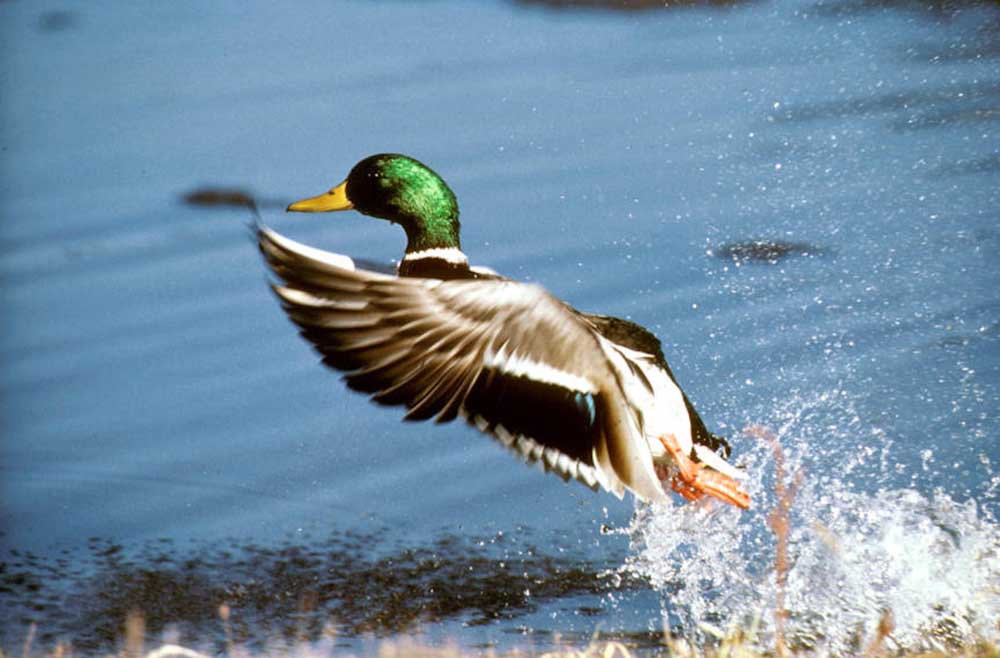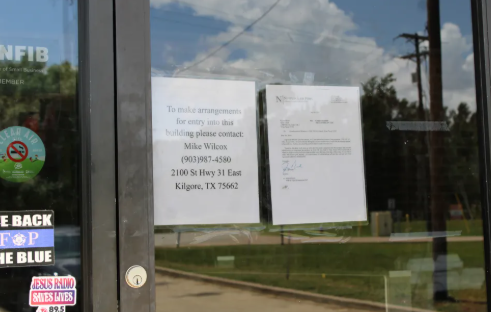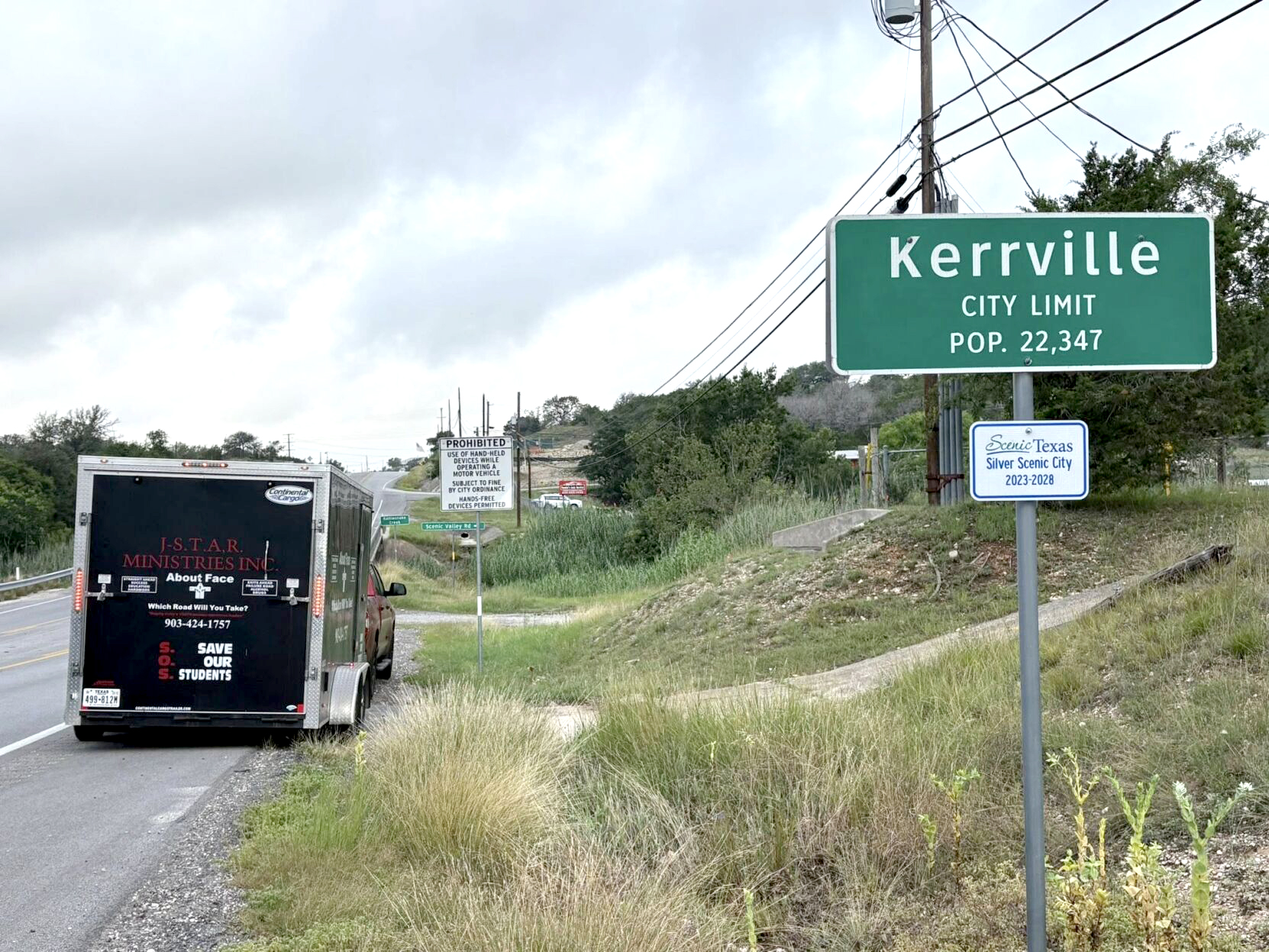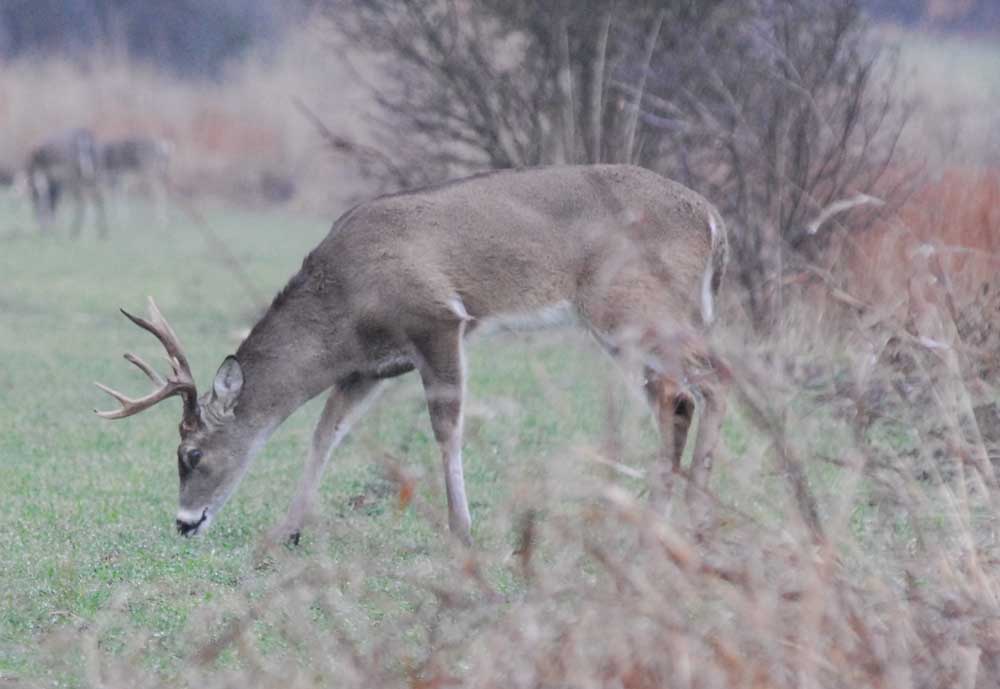Looking Up: Texas still attracting ducks and duck hunters
Published 1:11 am Friday, November 10, 2023

- At some point during the winter season 80% or more of the ducks in the Central Flyway are expected to find their way into Texas.
Even under the best conditions duck hunting can be a hard sport. From early morning hours to cumbersome gear, traversing water or mud, it takes an effort to be a duck hunter.
Yet Texas duck hunter numbers are holding steady at about 73,000 annually with the season already open in the High Plains and South Texas and opening this weekend in North Texas. And prospects are good for the season that runs through Jan. 28.
Trending
“Total duck numbers were down 7 percent from the previous year’s May breeding population survey,” said Kevin Kraai, Texas Parks and Wildlife Department’s waterfowl program leader. “Only pintails, green-winged teal, and canvasbacks saw significant increases in abundance. The good news is that much of eastern North and South Dakota had good habitat conditions this summer and biologist recorded lots of duck broods from many different species.”
Early season success can be dicey across Texas with migration into the state determined by weather conditions and food supplies in the states to the north. Right now there is a mixed bag of habitat conditions for the birds around the state.
“Currently, most of the state remains in exceptional drought, but some areas are slowly improving. Many of the northeast Texas reservoirs caught water recently flooding much of the vegetation that grew over the summer as well as greatly increasing the available habitat,” Kraai explained.
The biologist added that rains last spring filled Panhandle playas, but the by the end of summer they were again dry. That flip-flopped again in the last two months.
“Currently there is more water up there than any of the past eight to 10 years,” Kraai said.
He describes the coastal area as “real hit or miss, those individuals with water wells have set the table for a fantastic waterfowl season. The problem is water restrictions are currently in place for irrigated rice, which will greatly impact the amount of available habitat and foods on the landscape. Coastal marshes are still very salty and currently very little foods are available in those habitats. Fresh water inflows are greatly needed soon.”
Trending
While duck hunting can be good anywhere in the state it remains best along the coast, with growing numbers of hunters still discovering the South Plains and Panhandle.
“The coastal rice prairies are still by far our best waterfowl habitats and continue to produce the most consistent quality hunting in the state. That is largely due to a suite of landowners and managers spending an exceptional amount of time, money, and hard work to annually produce tons of foods and shallow fresh water on the landscape,” Kraai explained.
Good hunting in the Panhandle is a by-product of and dependent upon farming and water availability. In East Texas the birds are attracted to the vast amounts of water in the region, with the biggest drawback being the lack of food sources beyond acorns.
Texas, based on its habitat and location in the Central Flyway, attracts a lot of waterfowl into the state annually.
“This past year’s mid-winter survey results showed that Texas had 82 percent of the ducks counted in the Central Flyway. That is a consistent upward trend and has never been lower than 60 percent, and yes, it is a very weather and habitat driven,” Kraai said.
He added that even with climate change there is no general trend of species wintering north of Texas.
“Species like mallards, white-fronted and light geese is a very different story, continued long-term declines in those species coming to Texas is well documented in our monitoring efforts. In addition, the mid-continent population of light geese, birds found in eastern Texas and the Gulf Coast, have experienced a unprecedented 70 percent population decline in North America in a little over 10 years. It’s a very serious issue that very few people are aware of and the belief that harvesting snow geese is somehow doing the world a favor and saving breeding ground habitat. That is a false statement and always has been. Managers will need to pay very close attention to this issue in the coming years,” Kraai said.
The face of waterfowl hunting is changing in Texas. Not only are hunter numbers steady in Texas, but last year Texas hunters shot more ducks last year than the entire Atlantic Flyway.
However, goose hunter numbers and harvest, Kraai said, are at all-time lows and trending down.
A part of the overall change is that waterfowl hunting is losing its identity as a self-planned activity in favor of commercial hunts.
“Ducks and geese are big business and is becoming more and more commercialized every year. I do have concerns where things are going and trending more towards a wealthy person’s sport and the overcrowding of our public lands is a very serious problem and getting worse every day. The largest concentrations of waterfowl are most certainly on large, well managed private lands where few folks ever get to see them, which is the large-scale driver of the conversions of ‘where are the ducks’ that we hear more and more every year,” Kraai said.
The biologist has a motto that “high fences for ducks do not exist,” and that with enough large partials of land and money public hunting opportunities can exist. Unfortunately, ducks haven’t had the financial or political support that comes with deer or quail, so it has come slowly.
Kraai said only recently has TPWD been given legislative authority for the first time in decades to purchase public hunting lands using revenue from the migratory game bird stamp.






